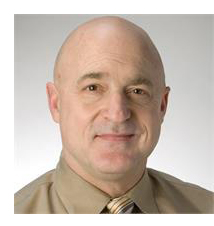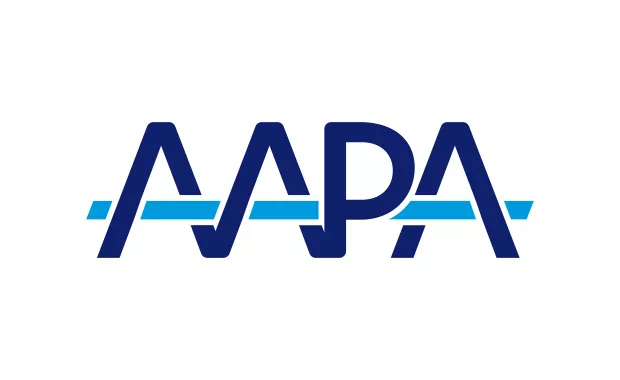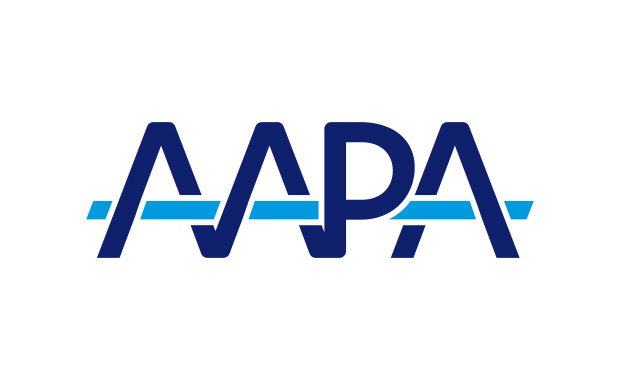Five Things You Should Know From an Addiction Medicine PA
PA James Anderson shares key insights
November 22, 2017
By James Anderson, PA-C

James Anderson, PA-C, MPAS, DFAAPA, recently hosted an “Ask Me” session on AAPA’s members-only community, Huddle, about opioid-use disorder. He shares his key insights here.
We must change the way we talk about this disease.
Opioid-use disorder (OUD) should be viewed as a chronic illness, and methadone and other medications need to be seen as useful for treating OUD. Similar to patients with hypertension, congestive heart failure, diabetes, etc., those suffering from OUD may require long-term treatment. I also think it is important for medical providers to work on using medical language, such as “positive” or “negative” tests (instead of “clean” or “dirty), and we should all make a very strong effort to avoid saying the word “addict.” The connotations are very negative, so it will really help decrease the stigma that is so common in addiction.
The field is flooded with misinformation and misperceptions.
The opioid epidemic is complex and multi-factorial in nature, and pain management is a difficult area of medical practice.
Most people who use opioids do not become addicted. Most data indicates that 75-85 percent of patients who take prescription opioids for pain do not become addicted. That still leaves a lot of people who do, but it’s nowhere near as high as some providers would guess.
There is an unfounded fear and stigma around opioids.
There is an ongoing belief among some medical providers that OUD is reflective of weakness or personal shortcomings. Like all chronic diseases, OUD is certainly multi-factorial in causes, including personal choices and behaviors. But this is also true of hypertension, congestive heart failure, diabetes, etc.
While medical professionals know that buprenorphine can work very well for OUD, there is still a lingering and often unspoken fear of addiction and the medicines used to treat them. DEA X Waivers allow PAs and NPs to prescribe buprenorphine for the treatment of OUD. These waivers have stringent limitations on the number of patients PAs and NPs can treat. These seemingly arbitrary limitations are a way to placate those who still don’t believe that medication-assisted treatment (MAT) is appropriate, and who think methadone and buprenorphine are “just trading one addiction for another.” And because there is still such skepticism, I think regulators feel the need to “chip away” at the issue. One way they can do that is start low with the X waiver. To me, this is regrettable, with so many people dying from the opioid epidemic. But if this is the only way to start getting PAs and NPs involved in stemming this epidemic, then we’ll take it.
There is great opportunity for PAs in addiction medicine.
Opportunities exist for PAs in a variety of addiction medicine settings, ranging from prescribing in primary care and community settings to increased opportunities in opioid treatment programs, often known as methadone clinics. Generally speaking, the most common addiction medicine opportunities for PAs are in detox/rehab settings (inpatient and outpatient), primary care settings, and opioid treatment programs.
It is worthwhile to pursue your X Waiver, allowing PAs to prescribe buprenorphine for treatment of OUD. The 24-hour certification curriculum is available free and online and is a great way to wade into OUD and familiarize yourself with addiction medicine. I found it very educational and informative and really liked it.
Get involved.
This is an important time in addiction medicine and medication-assisted treatment, and PAs can really help. I currently am working on a project in conjunction with the PA Foundation and the National Institute on Drug Abuse. The project is about increasing the utilization of PAs in opioid treatment programs by educating PAs about the process needed to gain approval from state and federal agencies to allow PAs to practice in such settings. Additionally, I’ve worked with AAPA on a “how to” resource, advising PAs and opioid treatment programs on receiving an exemption from the federal Substance Abuse and Mental Health Services Administration (SAMHSA) to dispense methadone and buprenorphine.
Many states are taking the default position that both the supervising physician and the PA must have the X waiver, which allows medical professionals to prescribe buprenorphine. AAPA, in conjunction with the American Academy of Nurse Practitioners and American Society of Addiction Medicine, recently formed a workgroup and came up with some very helpful recommendations for state medical boards who oversee PAs, MDs, and NPs to remove barriers in PAs and NPs ability to prescribe buprenorphine.
I recommend that all PAs interested in or currently practicing addiction medicine consider contacting your state medical board and reaching out to your state PA chapter. If we all urge medical commissions to adopt this interpretation, we can remove barriers, increase the number of PAs in addiction medicine, and increase the number of patients we can treat. We can all be part of the solution for opioid-use disorders.
James Anderson, PA-C, MPAS, DFAAPA, is a PA at Evergreen Treatment Services in Seattle, Wash., where he focuses on medication-assisted treatment (MAT) for opioid-use disorder.
Thank you for reading AAPA’s News Central
You have 2 articles left this month. Create a free account to read more stories, or become a member for more access to exclusive benefits! Already have an account? Log in.



